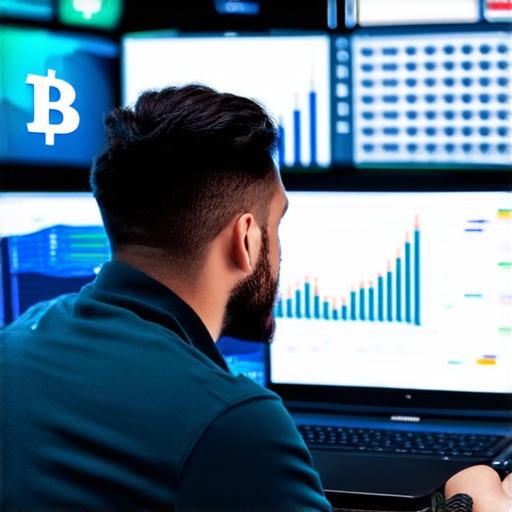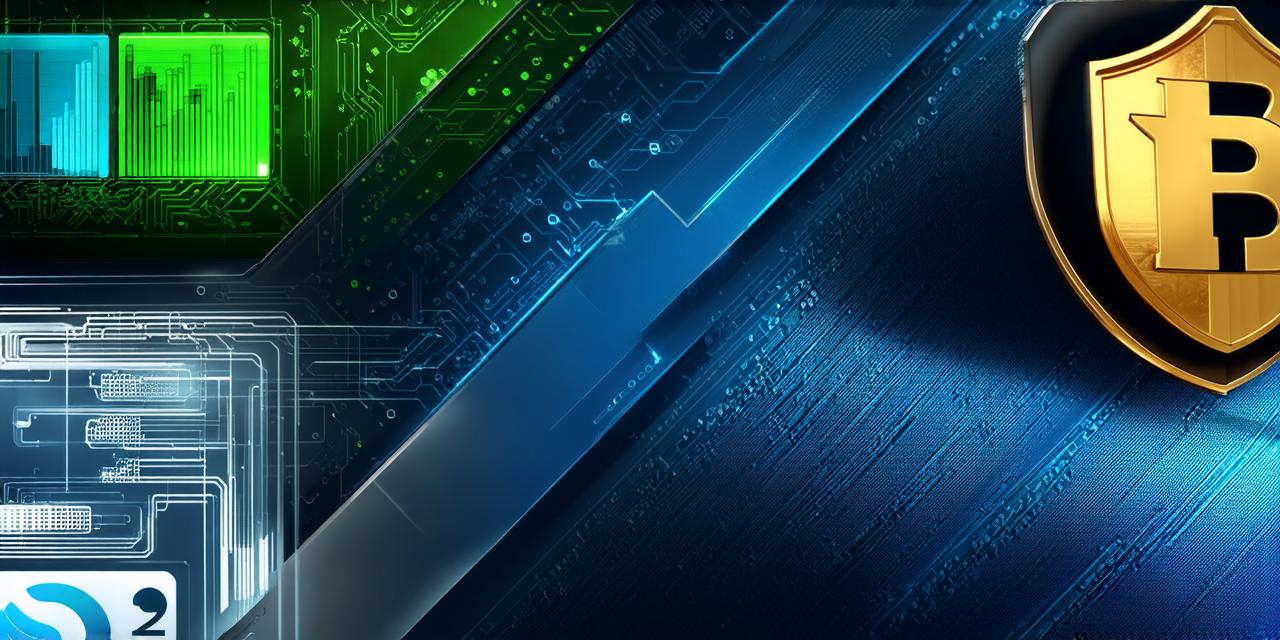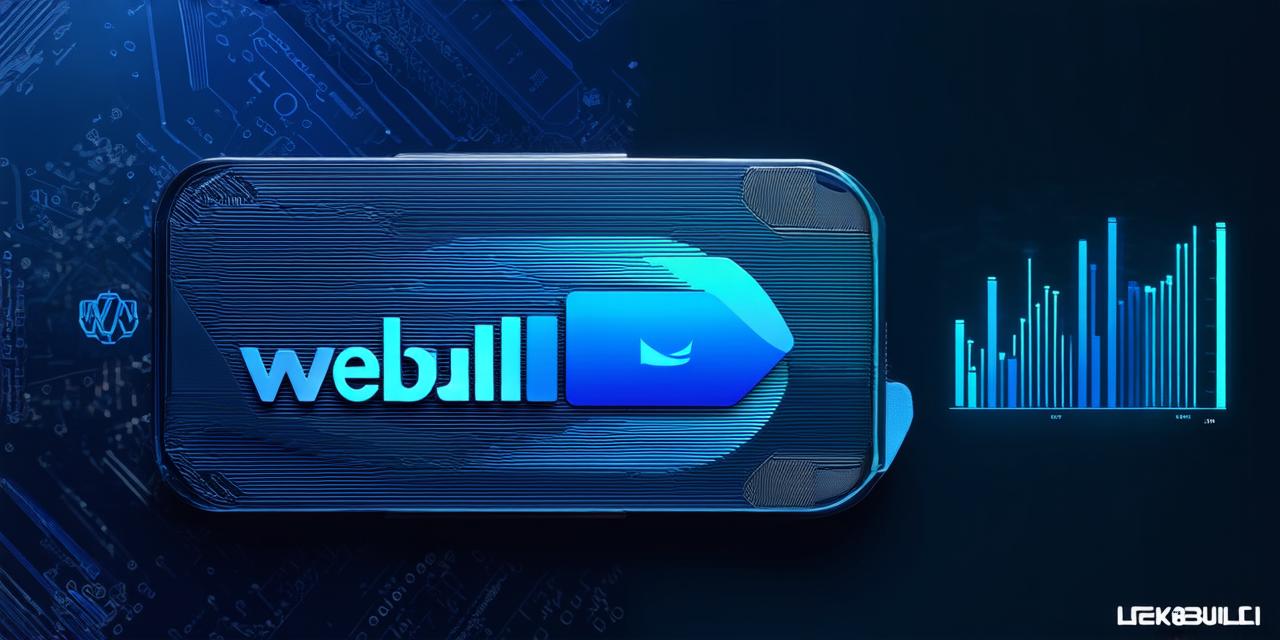Introduction:
Cryptocurrency is a digital or virtual currency that uses cryptography for security. It’s decentralized, meaning it’s not controlled by any government or bank. With the rise of blockchain technology and the increasing popularity of cryptocurrencies like Bitcoin, Ethereum, and Litecoin, many people are wondering how to buy cryptocurrency. In this article, we will provide a comprehensive guide for developers on how to buy cryptocurrency.
1. Understanding Cryptocurrency Exchanges:
Before diving into the process of buying cryptocurrency, it’s important to understand what exchanges are and how they work. A cryptocurrency exchange is an online marketplace where users can buy and sell cryptocurrencies. There are two main types of exchanges – centralized and decentralized.
Centralized exchanges are controlled by a single entity or organization, such as Coinbase or Binance. They offer more liquidity than decentralized exchanges but come with the risk of being hacked or having their assets stolen.
Decentralized exchanges, on the other hand, are run by a network of computers and offer greater security and privacy. However, they may have lower liquidity and slower transaction times. Examples of decentralized exchanges include Bitfinex and Kraken.
2. Choosing the Right Cryptocurrency:
Once you’ve chosen an exchange, it’s time to decide which cryptocurrency to buy. There are thousands of different cryptocurrencies available, with varying levels of popularity, utility, and risk. Some popular cryptocurrencies include Bitcoin, Ethereum, Litecoin, Ripple, and Bitcoin Cash.
When choosing a cryptocurrency, it’s important to consider its use case and potential for growth. For example, Bitcoin is the original cryptocurrency and has a large and active community, but it’s also highly volatile and has slow transaction times. Ethereum, on the other hand, is designed for decentralized applications and smart contracts, making it a popular choice for developers.
3. Creating an Account:
Once you’ve chosen an exchange and a cryptocurrency, the next step is to create an account. To do this, you’ll need to provide basic information such as your name, email address, and country of residence. Some exchanges may also require additional verification steps, such as ID or proof of address.
4. Funding Your Account:
After creating an account, you’ll need to fund it with a payment method such as a credit card, bank transfer, or cryptocurrency. Some exchanges may also accept other forms of payment, such as PayPal or gift cards.
5. Buying Cryptocurrency:
Once your account is funded, you can buy cryptocurrency by placing an order on the exchange. The process for buying cryptocurrency varies depending on the exchange and the type of order you’re placing (e.g., market order or limit order).

When placing an order, it’s important to consider factors such as the current price, the amount you want to buy, and any fees associated with the transaction. Some exchanges may also offer leverage or margin trading, which allows you to borrow money to buy more cryptocurrency. However, this comes with increased risk and should only be done by experienced traders.
6. Storing Your Cryptocurrency:
After buying cryptocurrency, it’s important to store it securely. This can be done using a cryptocurrency wallet, which is a digital device that holds your public and private keys. There are many different types of cryptocurrency wallets available, including hardware wallets, software wallets, and mobile wallets.
When choosing a cryptocurrency wallet, it’s important to consider factors such as security, user-friendliness, and compatibility with the exchange you used to buy your cryptocurrency. Some exchanges also offer their own wallets, which can be convenient but may come with limited features.
7. Monitoring Your Cryptocurrency:
Once you’ve stored your cryptocurrency, it’s important to monitor its value and performance. This can be done using a variety of tools and resources, such as cryptocurrency news websites, social media platforms, and trading platforms.
It’s also important to stay informed about any updates or changes in the cryptocurrency market, as well as regulatory developments that may impact your investment. Some exchanges and wallet providers offer alerts or notifications to help you stay up-to-date on important news.
Conclusion:
Buying cryptocurrency can be an exciting and rewarding experience for developers. With the right knowledge and tools, anyone can buy and sell cryptocurrencies with confidence. Just remember to do your research, choose wisely, and stay informed about market developments.


